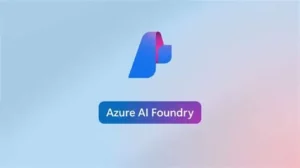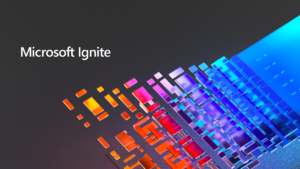Edge Computing – Possible Oil and Gas Use Cases
Edge computing is becoming the norm in Oil and Gas due to several factors, specifically the fact that most oil fields are in remote locations. This simple fact makes it much more desirable to move as much analytics to the edge as possible. Connectivity can be spotty and downright untrustworthy, so the options are minimal.
As previously mentioned, edge computing allows for continuous monitoring in real time, as well as, running analytics closest to the asset (equipment, person, etc.) without any latency that would result with communicating back to the cloud. Oil and gas companies, like many other industries, are now positioned to identify and respond to precarious issues immediately. As a result operations are improved; perhaps from increased uptime and/or optimized operations, as well as, safety.
The following are use cases that are currently being developed, and taken from a white paper that was published by Deloitte Consulting (Digital Transformation Initiative Oil and Gas Industry):
Case Study: Schlumberger – Piloting Wearables To Improve Field Safety and Productivity
Schlumberger is piloting the use of wearables based on Google Glass to improve the safety and productivity of its field employees. The company has partnered with Parsable to create customized smart glasses that provide real-time information to workers. The solution will be part of a workflow management tool for oilfield workers, and will convey real-time metrics about worker performance to management. The glasses provide information on live gauge readings, inspection and safety checklists, inventory checks and step-by-step procedure videos. They also help management optimize workflow by logging the time taken for each step as soon as it is completed. The glasses can help workers save time on routine tasks, such as completing checklists in the field.
Case Study: Shell – Deploying Industrial Mobility Tools to Boost Worker Safety
To improve safety, Shell provides its fieldworkers with industrial mobility tools. It has created multiple “personas” of the connected worker, which are used to customize the tools to an employee’s role. These tools help ensure that workers are properly trained and have access to the right information at the right time, boosting their confidence to operate in the field. Shell has partnered with Petroleum Development Oman and collaborated in the bigger ecosystem to build an industrial mobility platform, which has made fieldworkers 20% more efficient.
An Example Serverless Solutions is working on involves security at a site.
For a central tank battery, a client has had issues with illegal dumping. At these remote sites, this situation can go unnoticed until someone visits the site. This creates perception issues as well as has ramifications for fines. We are working to deploy object detection to cameras (edge devices) that have trained models to detect when something of interest has happened. These edge devices are necessary because of limited connectivity and because we want to capture specific things like license plates when an interesting event occurs.
Monitoring assets in the field for equipment failure, more specifically, predicting failure or immediately identifying something is about to fail is another use case that is worth diving into further. Drone technology is another facet of edge computing or at least a subset. Assume that you build machine-learning models in the cloud to do structural analysis on a pipeline. Those models are pushed down to the drone, and as the drone flies across miles of pipeline it can make an immediate decision on whether or not a pipeline is faulty and somebody should take a closer look. The drone could save a timestamp, lat/lon and expected failure type. Once the drone was docked or in an area it has connectivity it could send the information to a work order system for immediate response. The time and money it would save for the operations and maintenance teams would be extensive.
There are numerous scenarios in oil and gas that can take advantage of edge computing and we are just scratching the surface with this exciting capability.
Contact us to talk about how we can solve your edge computing challenges together.



